TABLE OF CONTENTS
Japanese knives are coveted for their detailed design, unique sharpness, and unrivaled cutting performance. Not to mention, they are beautifully crafted to make a difference in your chopping skills. In this post, we'll discuss why Japanese knives deserve a place in your kitchen.
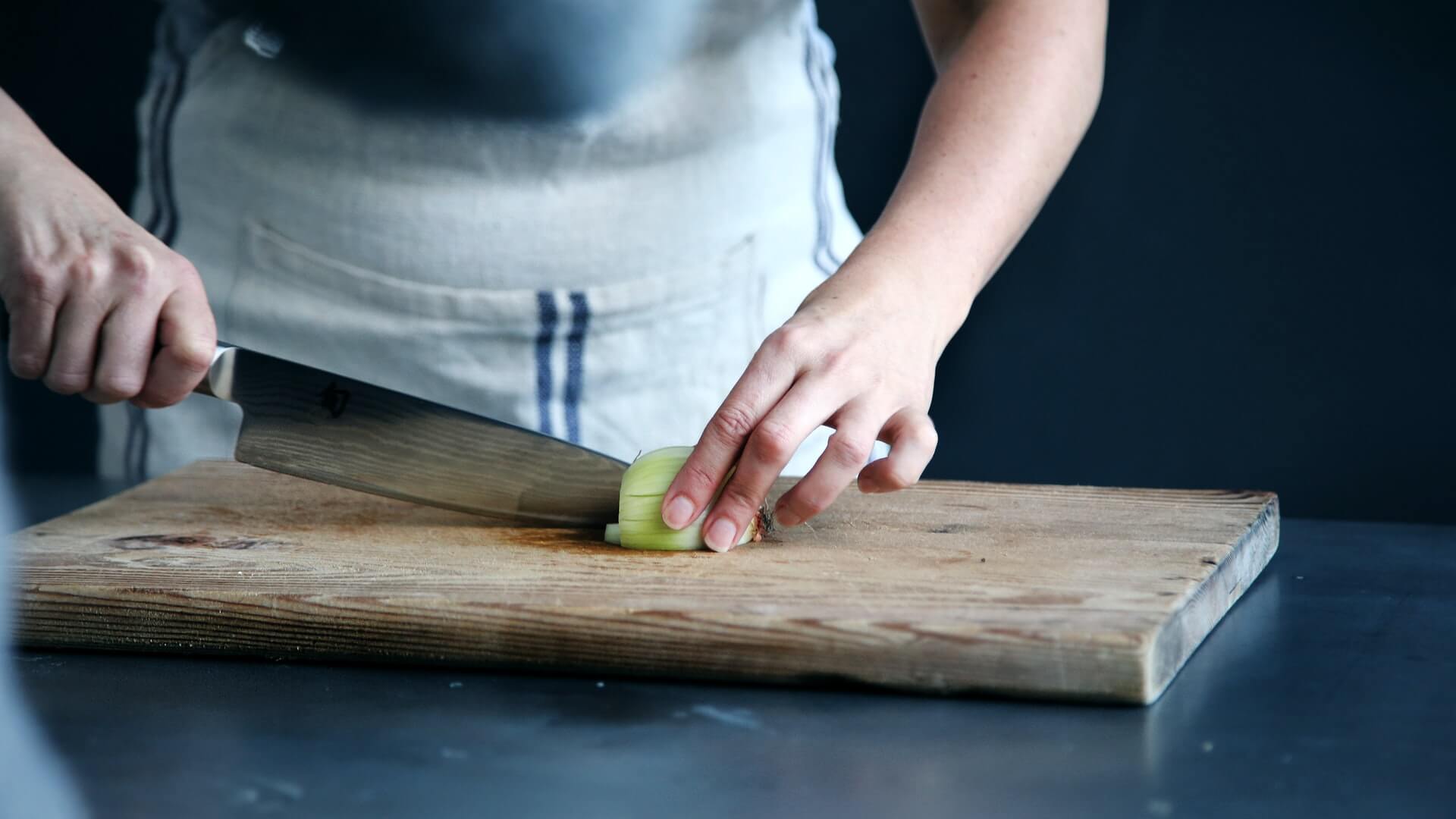
What makes a Japanese kitchen knife so desirable?
Over the past decade, Japanese knives have gained unrivaled attention from chefs worldwide. They have special properties that make them different from their western counterparts.
Lightness
Japanese knives are tapered inside the handle, and this makes them lighter than their western rivals. They work best through draw cutting – ideal for chefs who spend all day cutting.
Blades angle
Japanese blades are sharpened at an angle of 15 degrees. This makes them easier to slice through food. The unique sharpness means that you get a cleaner cut. This is particularly important when making sushi.
Blades hardness
Japanese knives are made of high carbon steel and have excellent edge retention. In addition, the single beveling guarantees a sharp edge, which is perfect for slicing meat and vegetables. This also means they are easier to sharpen.
The wow factor
Japanese knives are designed to evoke emotion, thanks to their unique aesthetic.

Japanese Knives vs. German Knives
When shopping for a knife, you're likely to come across two types of knives: Japanese and German knives. That said, you must understand the differences before making your purchasing decision.
Use
Japanese knives feature a lightweight design. This makes them great for delicate tasks like slicing fish and cutting vegetables. In general, these knives are suitable for making clean slices. German knives tend to be thicker – they are more all-purpose. They can cut through chicken bones but are not the best for monotonous slicing and chopping.
Hardness
The blades are forged in multiple layers, with softer iron and brittle carbon steel. Due to the difference in manufacturing techniques, Japanese knives are hard and more brittle. This combination results in an extremely sharp edge. No wonder they are loved by professional chefs. German knives come with more versatile blades, and that's why they are suitable for cutting and slicing.
Edge retention
Japanese knives are also thinner and have a sharper edge than their German rivals. German knives come with a wider blade angle of 20 degrees.
Sharpness
German knives are suitable for heavy-duty tasks thus require frequent sharpening. On the other hand, the Japanese blades guarantee clean and precise cuts.
Build
In terms of construction, Japanese blades are front-weighted to enable controlled movements. The metal tapers inside the handle give a perfect balance.
German knives feature a full-tang construction, so the blade runs from the tip to the handle. And because the blade and handle are forged in one piece, the knife is shaped to fit in one hand.
So, which style suits you best?
If you're looking for a quality chef's knife, Japanese brands can be a worthy upgrade. They feature a lightweight design and are razor-sharp. The hard steel means they lean towards function over form.
Japanese knife types and their names
Gyuto (chef's knife)
It's originally designed to cut large pieces of meat, and this is where the name comes from. It tends to have a thinner edge and has less lateral toughness. Most gyuto knives feature a 7-12 inch blade.
Santoku
Santoku is a multipurpose knife used for cutting vegetables, fish, and meat. It comes with a double bevel, and the length averages 5-8 inches.
Bunka
A Bunka knife features a short belly suitable for making long or short cuts. It has a flexible profile and remains the best-selling knife for professional and home cooks.
Nakiri
These knives are designed for cutting vegetables and greens. The length averages 165-180mm and comes with a double bevel.
Honesuki
This is a superb kitchen knife that doesn't compromise on quality. It works as a boning knife, thus suitable for preparing smaller meats, turkey, and chicken. The length of the blade is 5.5 to 6 inches.
Petty
Petty is also referred to as a paring or utility knife. Although it looks like a smaller version of gyuto, it's suitable for delicate tasks like peeling fruits and cutting vegetables.
Kiritsuke
This knife is longer than gyuto and is almost a hybrid of Yanagiba. The blade length is 8 to 14 inches.
Sashimi
It's a single bevel knife suitable for cutting fish and other types of meat. Many people find Sashimi easier to maintain and sharpen.

5 Ultra Sharp Japanese Knives
Santoku Knife 7"
This is an excellent all-around knife to have in your kitchen. The blade is slightly taller than the average chef's knife. This is what makes it great for cutting and chopping. It starts flat at the heel and then carves as we head towards the tip. Being a versatile knife, you can use it for slicing, dicing, and mincing. While the usual symmetrical edge favors one hand, you can find balanced versions that suit both hands. It's comfortable across varying grip preferences.
Design
Santoku Knife features a minimalist aesthetic and unmatched beauty. For exceptional performance, you should sharpen the knife to 16-18 degrees per side. This helps maintain the perfect balance between maximum resilience and extra thin slicing.
Razor-sharp steel
The stainless steel blade is indicative of a modern design. There's also a fuller groove – reminiscent of historical and medieval swords. Of course, the full-tang blade adds strength and robustness.
Japanese Chef's Knife 8"
This Japanese Chef's Knife is ultra-sharp and perfectly balanced. It will quickly become your new go-to kitchen knife. The premium steel gives the perfect balance between durability and long-lasting sharpness. Best of all, this knife excels at any cutting task like slicing, chopping, and dicing. And no matter how you use the knife, it will resist surface oxidation, cracking, and warping, which is common to conventional knives.

For better comfort and control, the 8-inch knife has an acute 15-degree angle and a noticeably sharper face.
This is one of the best sharp Japanese knives worth investing in if you want to cut tough foods and make cooking easier.
Yanagiba Slicer 10"
Yanagiba is a long, narrow knife commonly used for scaling and filleting fish. Most professional chefs use it to slide between the meat of a fish and the bone.
Premium steel
It's made of corrosion-resistant steel. When you compare it to traditional steel, it's sharp and has incredible edge retention. For chefs who are into Japanese cooking, sharpening this knife on a whetstone is practically effortless.
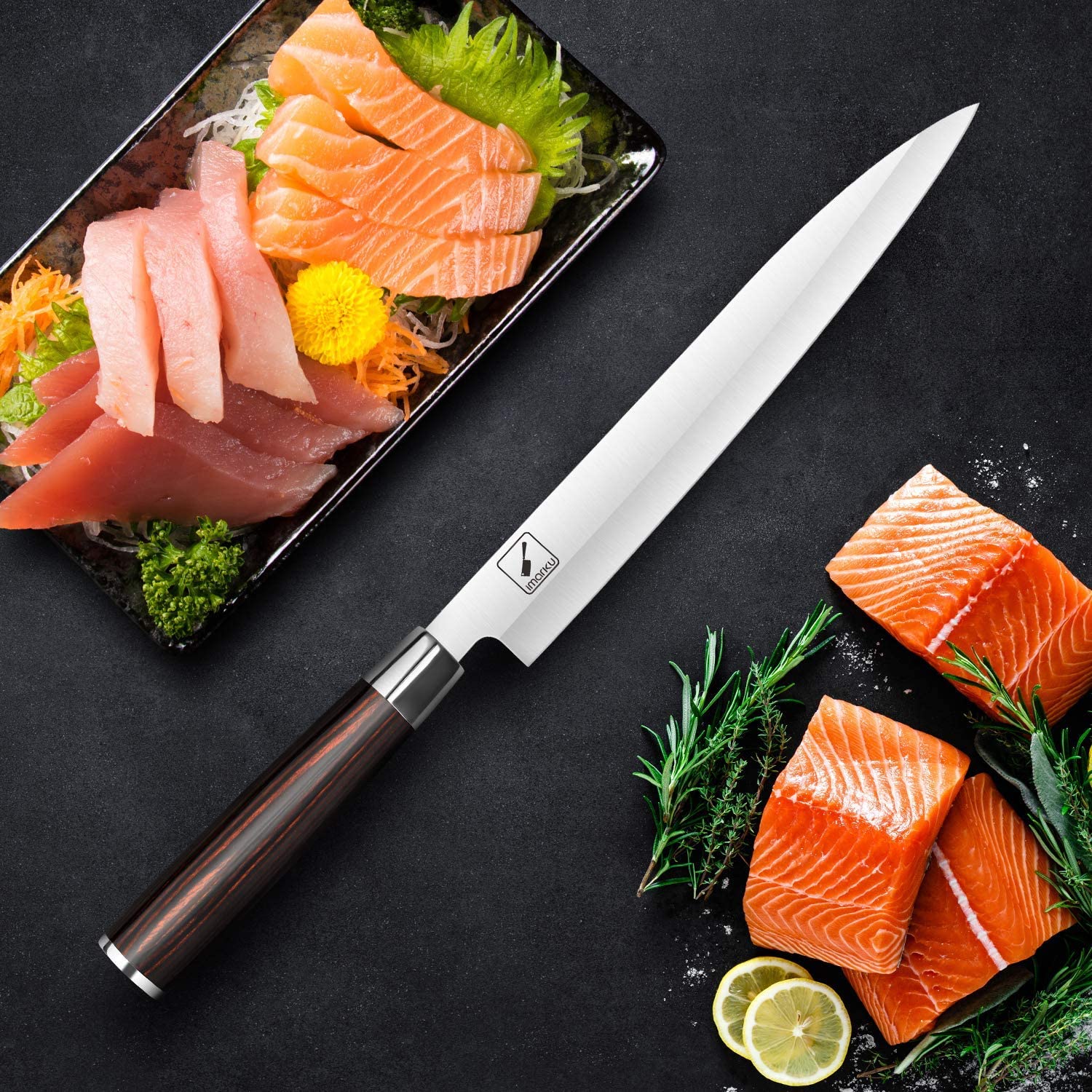
Balanced grip
Since the balance point is close to the middle, it's comfortable to be held. In addition, the smooth rosewood handle fits perfectly on the hand and gives a secure grip.
Single-beveled edge
This knife comes with a single beveled edge, so only the cutting edge touches the food. You'll also get the cleanest cuts.
Kiritsuke Chef's Knife 7.5"
Kiritsuke is an outstanding chef's knife perfect for slicing meat and vegetables.
Design
This knife features an angular design and has a long carved handle that adapts to the fingers. Also, it comes with a razor-sharp edge that allows the user to cut foods effortlessly. The ergonomic design helps the hand avoid soreness even after long hours of use.
The blade is made of stainless steel, which provides rust resistance and timeless beauty. And because the knife goes through the blackening process, it's rustproof.
Besides that, the 7.5mm helps to maintain a sense of balance during use. The elegant beauty and sharpness are undoubtedly the high-end of imarku. For the best results, you should only use a professional sharpening stone.
If you want to give the knife a long life, imarku recommends hand washing.
Nakiri Knife 7"

Nakiri knife deserves a place in your kitchen. It features a straight blade with a straight edge so you can chop your vegetables efficiently. This reduces stabbing and increases cooking efficiency. The beauty of this knife makes it unforgettable at first sight.
Nakiri comes with a hand-forged mirror finish that allows you to continue working without stopping to clean the foods. The wider blade makes one of the best sharp Japanese knives for more demanding food preparation tasks.
Hand-forged embossed
The hammered embossing forms tiny air pockets between the food and blade. This unique design ensures that you enjoy the pleasure of cutting every day.
Exceptional performance
This knife features a 12 to 15-degree edge and guarantees a lasting sharpness. Since it goes through a high-temperature forging process, the edge won't break easily. The 2.5mm thickness complements the 7-inch blade and gives the perfect balance between the blade and handle. The combination of both gives a secure grip.
Ergonomic handle
Nakiri excels when it comes to durability and strength. The handle is made of Pakkawood so it won't crack after long-term use. With good care, this knife will last you for a very long time.
Final thoughts
The above Japanese knives continue to live up to their reputation and craftsmanship. One area that makes them stand out is the material of the blade. They combine outer soft iron steel and a hard carbon core – this makes them hold a sharp edge. Secondly, they require little maintenance and are less prone to corrosion. Another feature that makes them stack up above the competition is the wooden handles. This helps to balance the weight, especially with a full tang. Whether you're looking for your first Japanese knives or you want to add a few brands to your kitchen, the above knives can be a worthwhile investment.


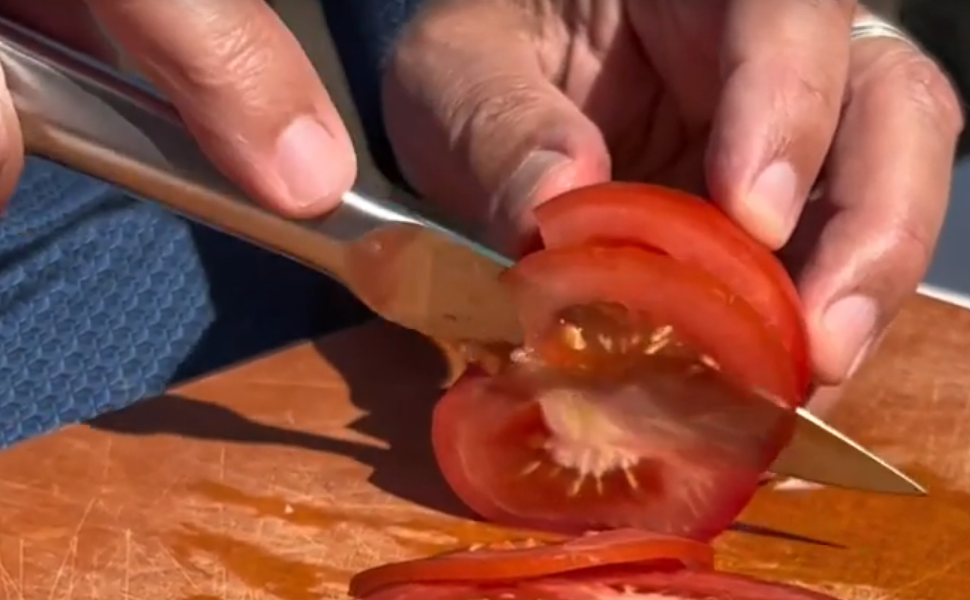
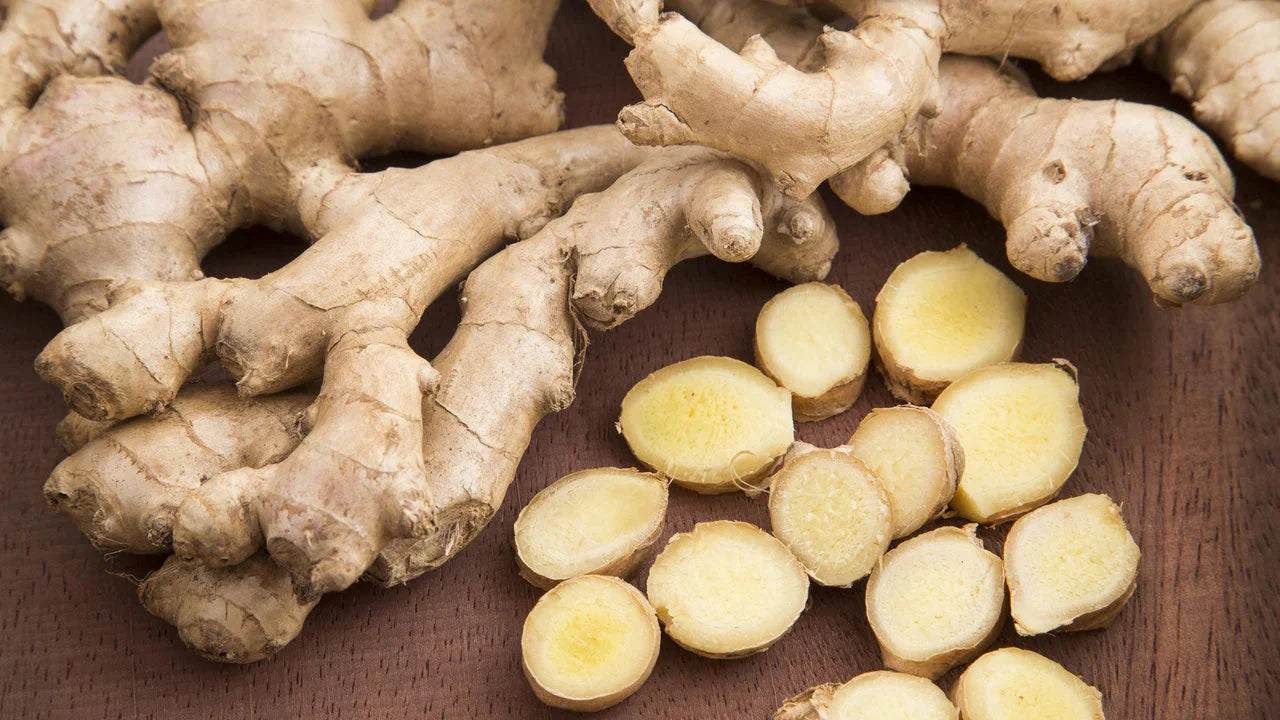
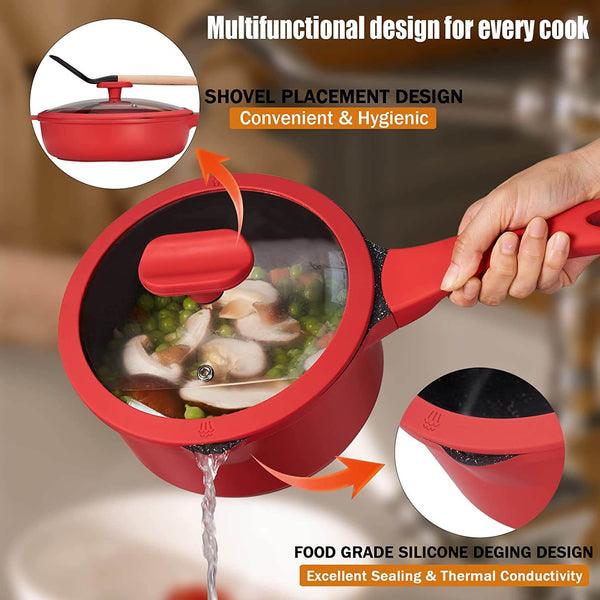

















Leave a comment
All comments are moderated before being published.
This site is protected by hCaptcha and the hCaptcha Privacy Policy and Terms of Service apply.